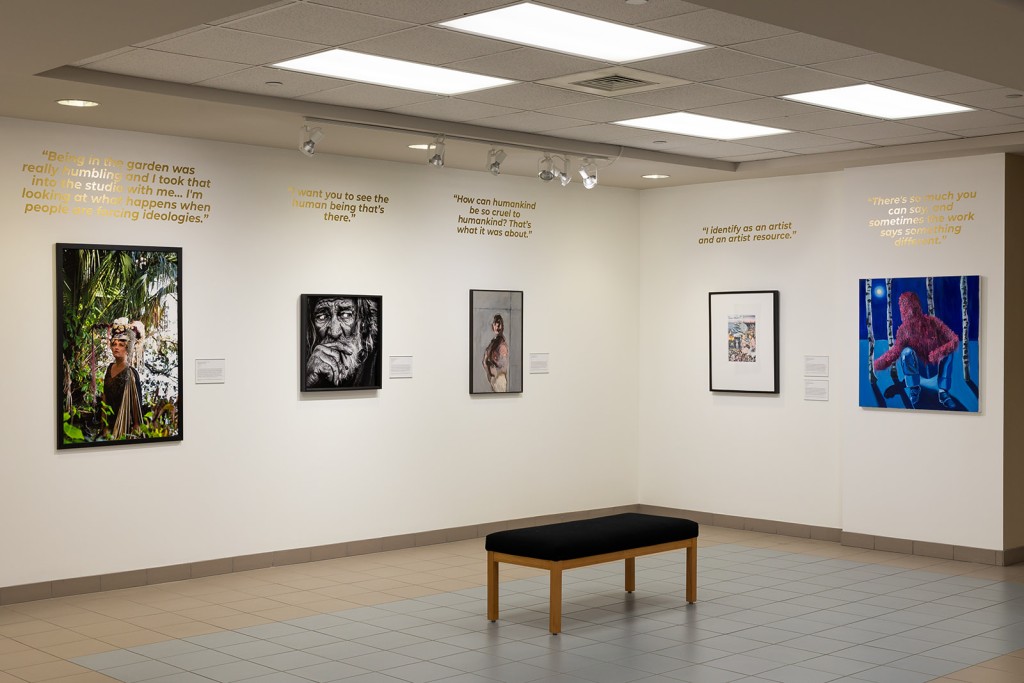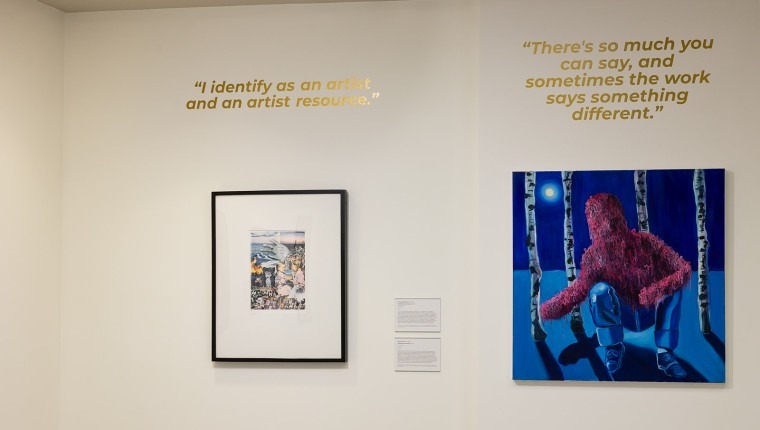Selections from the
HCC Permanent Art Collection
Through February 29
Free
Gallery3@HCC
Dale Mabry Campus, Tampa
3rd Floor – Learning Resources Building
Details here
Over the past four decades, Hillsborough Community College’s Permanent Art Collection has fostered strong connections between the college and the Tampa Bay arts community.
Now including over 200 objects, the collection maintains a strong focus on artists who have lived or worked in the Tampa Bay region. This exhibition spotlights significant artworks curated by the college’s previous collections manager, Alyssa Miller.
Oral history interviews add richness to the work on view, as selected artists were asked to discuss their work as well as their own connection to the region. The work and aims of much-loved artists who have passed away are remembered through the words of close collaborators.
Artists in this exhibition include
Suzanne Camp Crosby
Aneka Ingold
Aimee Jones
Akiko Kotani
Tom Kramer
Tracy Midulla
Wanda Raimundi-Ortiz
Renatto Rampolla
Frank Rampolla
Babs Reingold
Omar Richardson
Emiliano Settecasi
Kirk Ke Wang
Ruby C. Williams
This is the first in a series of features sharing excerpts from the amazing oral history interviews Hillsborough Community College is collecting to preserve and honor the work of vital visual artists in our community.
These transcripts are gently edited for readability.
Lynn Whitelaw
on Suzanne Camp Crosby
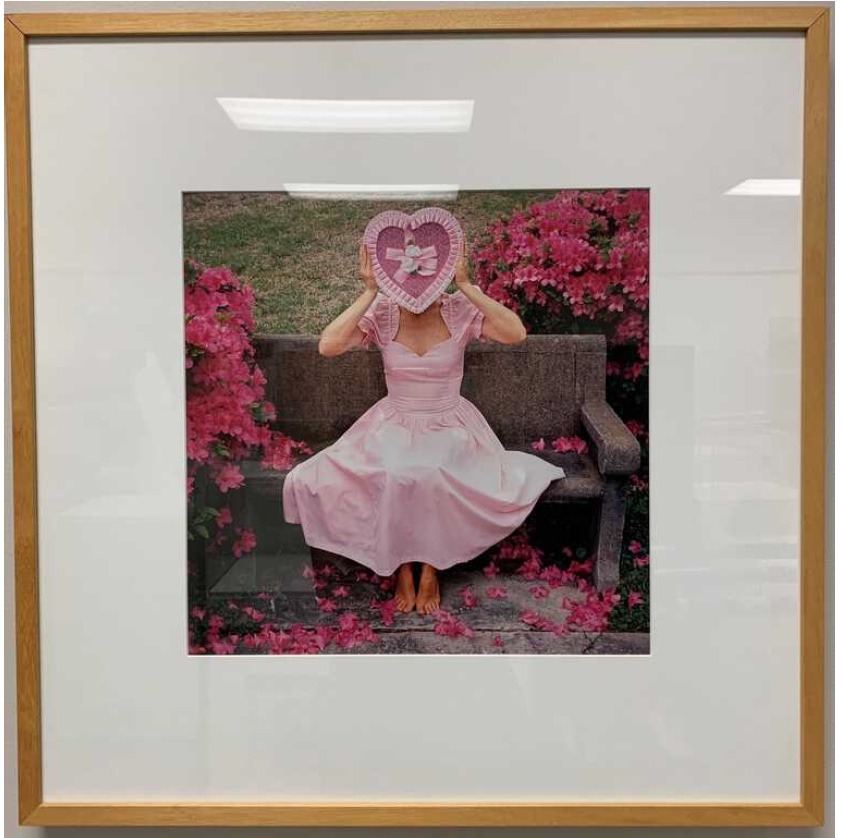
I moved to the Tampa Bay area to work at Hillsborough Community College in 1975 – and at that Gasparilla Sidewalk Art Show, which is what it was called then, I met Suzanne for the first time. She was just finishing up her master’s degree from the University of South Florida and I actually bought one of her pieces and it still is on my wall and it’s a very prized possession.
[Suzanne was] probably the most sincere person I’ve ever known. I’d say she was an incredible teacher and I think the legacy of a good teacher is through their students. You talk to any student who’s had Suzanne, and they say she had a tremendous impact on their life.
She got her master’s from the University of South Florida, but I think the impetus for her art came from the University of Florida through Jerry Yulsman, and then a strong female photographer by the name of Evon Streetman. I think both of those two photographers had a tremendous impact on Suzanne’s career.

I think that what she learned from them is that they had strong aesthetics and they encouraged her to find her own aesthetic and to tell her own stories.
[Health issues are] a concern that many artists have – there are environmental issues that they can face. I think her years in the dark room and having to work with chemicals not only may have, it definitely had an impact on her life. . . I think particularly a lot of artists in the 1970s were working with new materials, new chemicals – and we weren’t as aware of some of the environmental issues or health issues that they might provide.
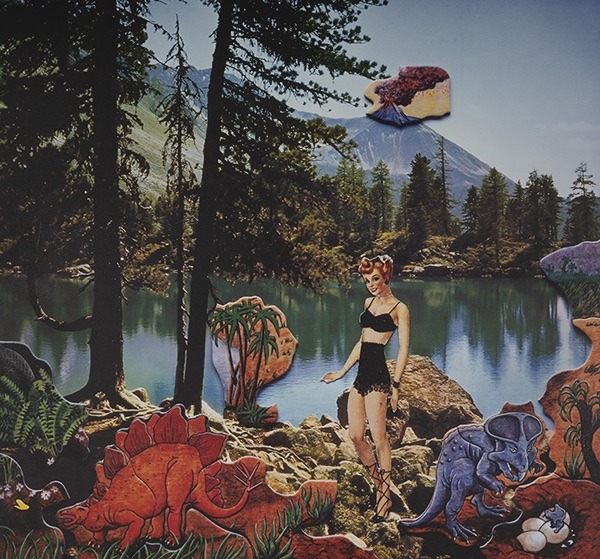
She was a visual storyteller. Every one of her photographs were, whether you say calculated – because she’d worked in series – so some of the things were a calculated aesthetic to provide these images. I think that each image stands on its own, even if it was part of a series.
And they were her own. You look at those and you go, that’s a Suzanne Camp Crosby.
Aneka Ingold

I got my undergraduate degree at Grand Valley State University in painting. I will say that drawing was always the thing that I gravitated towards the most, but that wasn’t an option as a major – so when I went to Grand Valley, I learned how to paint really well.
I never really felt like just oil painting was the right fit for me. So when I got my graduate degree, my emphasis was drawing. But what ended up happening is a combination of painting and drawing. So the technique I use now, that’s a mixed media one.
I always wanted to make work that revolved around the human form. And so the stories that I created – which first were just figures, then they turned into narratives – are really inspired by women’s stories. Maybe their roles in society, and trying to understand or dismantle those things.
It really came out of exploring fears and desires and feelings I had about my identity. And then it evolved into using animals and inanimate objects and environments and patterns and things like that to flesh out this sort of allegory – and that sort of dictated what the figure was doing or what was important about their story.
They are kind of cryptic and non-linear. I don’t come up with an idea and say the story has to be about this, it just sort of evolves.
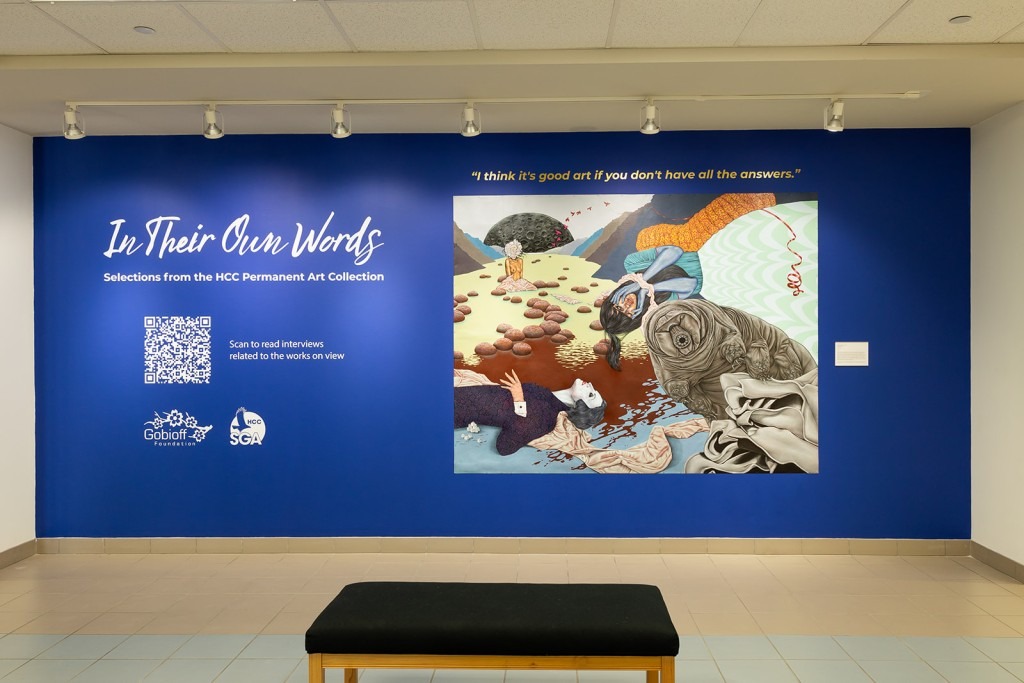
I collect images. They’re images from books and magazines and maybe I’ll do some research online to find images of things that might be more specific as I start to put the story together. Even fabric, or I take my own photographs, too. I always work with a few mirrors.
But I always start with the figure.
I got questioned in grad school because my mentor would be like, you can’t just stick a figure on there and then decide as you go what to do, it doesn’t make sense.
And I’m like, yeah, I can – because it’s the only way I want to work.
Look, I’m making it work.
Aimee Jones
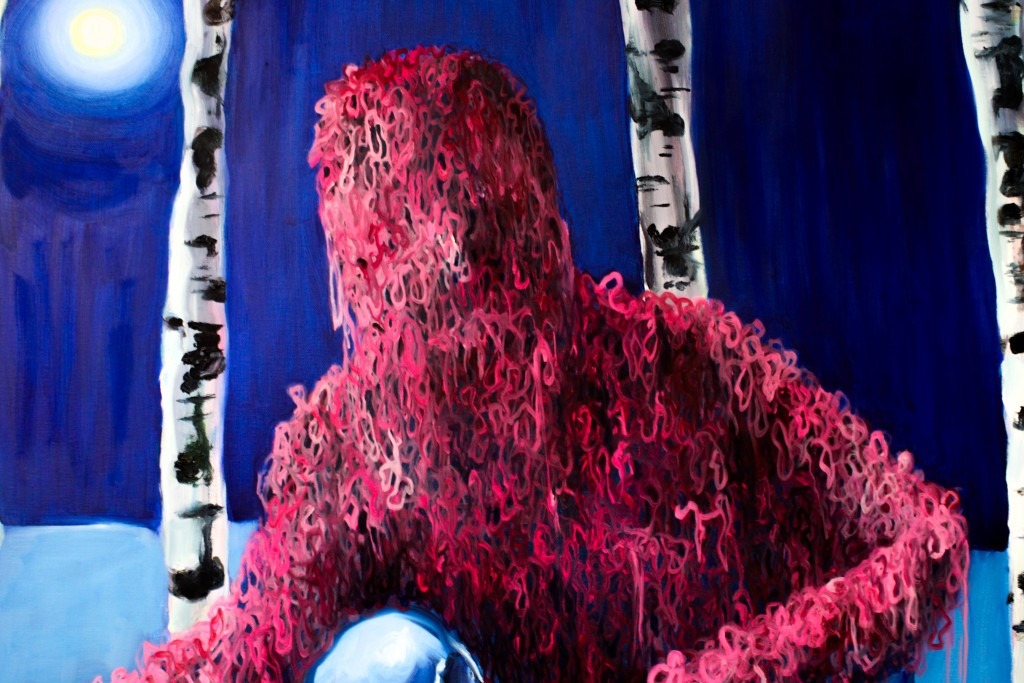
I started as a portrait artist in the beginning. I was always wanting to paint people that I’ve met, people who were close to me. And then after the pandemic, I turned a lot more inward and started doing these really strange coverings.
A little bit more of my inspiration now is Florida’s landscape – like plants in general, and finding forms and corporeal objects within nature.
A lot of it is collecting – photographs, patterns, especially when I travel around, sometimes going into estate sales and vintage shops. And just using my own personal anecdotes and using my own body and how it’s changed over time.
I collage the things that I want to see. I want to see this. I want to see this all together.
You can find the full oral history transcripts here
just click twice on the page for each artist to open the text
